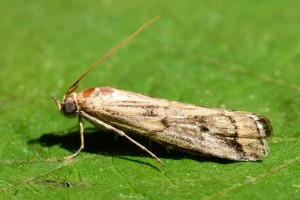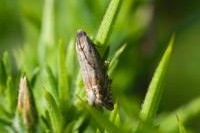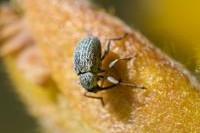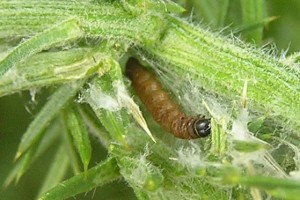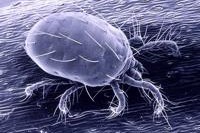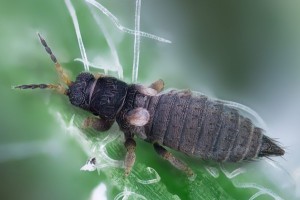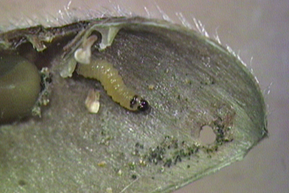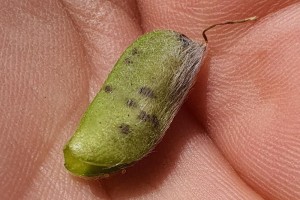Gorse
Project overview
Gorse is native to western Europe. It was introduced to New Zealand as a hedge plant in the early 1800s. It is now widespread across the country where it forms dense stands over large areas on pastural and retired/regenerating land. It also competes with young plantation forest trees.
The biological control of gorse began in the 1930’s with the release of the gorse seed weevil (Exapion ulicis). The gorse hard shoot moth (Scythris grandipennis) was also released but failed to establish. Five further biocontrol agents were released in the 1980s including the gorse pod moth (Cydia succedana), the gorse soft shoot moth (Agonopterix umbellana), the gorse colonial hard shoot moth (Pempelia genistella), the gorse thrips (Sericothrips staphylinus), and the gorse spider mite (Tetranychus lintearius).
Most agents have established throughout New Zealand and are quite common in some areas however the colonial hard shoot moth has failed to establish, or is rare, in some North Island regions. The thrips, spider mites, soft shoot moth and colonial hard shoot moth all attack the foliage while the seed weevil and pod moth attack the spring, and to a lesser degree, the autumn seed production. The combined impacts of these agents on gorse growth and seed production is not currently well understood.
- pdf More to seed-feeders than meets the eye - Issue 52, p.5 pdf File, 581 KB
- pdf Our gaggle of gorse agents - Issue 36, p.6 pdf File, 1 MB
Key contact


